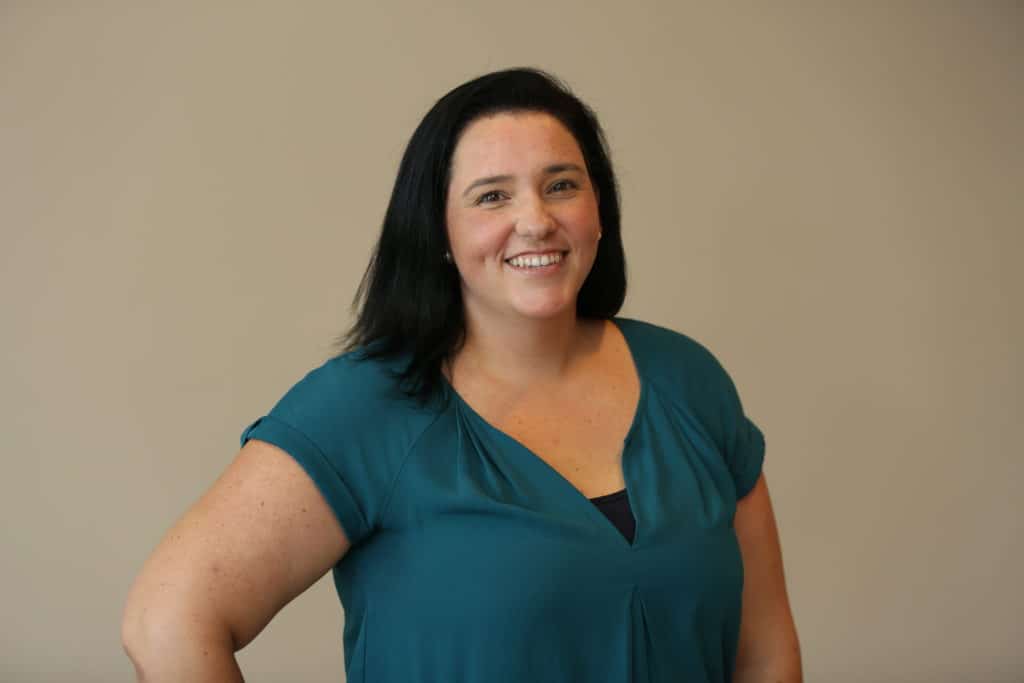In May 2024, the Department of Health and Human Services (HHS) – Office of the Assistant Secretary for Preparedness and Response (ASPR) introduced a new policy for the oversight of Dual Use Research of Concern (DURC) and Pathogens with Enhanced Pandemic Potential (PEPP). The new policy will go into effect summer 2025 and is aimed at reducing bioterrorism and biosecurity risks for the United States. Prior to the policy change DURC activities applied to a list of 15 pathogens that if misused could have a significant impact on public health or the economy. The new policy’s scope has expanded significantly in the number of pathogens these activities cover. These include all Select Agent and toxins, and Risk Group 3 and 4 pathogens, totaling in 65 agents and toxins.
With the introduction of these new policies, this introduces an additional level of tracking and accountability that not all institutions or companies were prepared to take on. What are some ways that we can begin preparing for the new policy?
Identify Those Impacted
Before you can alert your community, you first need to identify the researchers impacted. The easiest method to do this is to search the institutions project registrations for information about those the new 50 agents that are covered as part of DURC and PEPP. An enterprise solution like a Biosafety Module makes this easy with custom exports for when these issues occur. Easily select the fields that you wish to export from the administrator window.

Alert Your Research Community
It’s important to let your community know about the updates and the impact to their research. This can be done efficiently through a Compliance Calendar which allows your team to efficiently schedule when new policies or updates go into effect. This can be targeted communication to the community members impacted the most by this policy change. In addition, as your institution makes updates, they can use a tool in your research platform like Bulletin notifications to send urgent or high-profile messages as well when needed.
Update Registration Forms
Depending on how your office requires people to register their projects, you will likely need to update one or multiple registration forms. Online Biosafety applications make it simple to quickly add new questions and require those immediately for anything new submitted from new applications to amendments to renewals.
Training and Awareness
The most important piece to this change is providing opportunities for training to build awareness for these changes. While electronic notifications are a powerful tool as mentioned above, providing the opportunity for your community to ask questions and learn about these changes with initial training and refreshers is helpful for continuous learning. This could look like updated Biosafety training or creating a dedicated training. If your team has the capacity, a series of town halls open to the research community can help your community come, ask questions, and then voice concerns about the changes and also give your office an opportunity to relay the impact of changes in person.
At the end of the day, it’s a team effort between your safety, research, and community to make sure that changes are made successfully. The right technology can make the process easier.
AUTHOR BIO:-

Stephenie Langston began her career as a bench scientist in infectious disease laboratories before joining the Environmental, Health, and Safety department at the University of Florida. While at UF, Stephenie worked in lab safety, biosafety/IBC, and served as the EHS consultant to the IACUC. During her time, she managed safety concerns and successfully facilitated the IBC’s transition from paper to the online Biosafety Permits module.
In addition to her role at UF, Stephenie was an active member of CSHEMA and co-founder of their Animal Research Health & Safety Community of Practice which aims to bridge the communication gap between safety and animal husbandry. Stephenie holds a Master of Science in Biotechnology from the University of Central Florida and a Master of Business Administration from the University of Florida. Stephenie is passionate about process improvement and brings a unique skillset to the team that is founded in hard work, adapting to change, and making safety more approachable for everyone.

